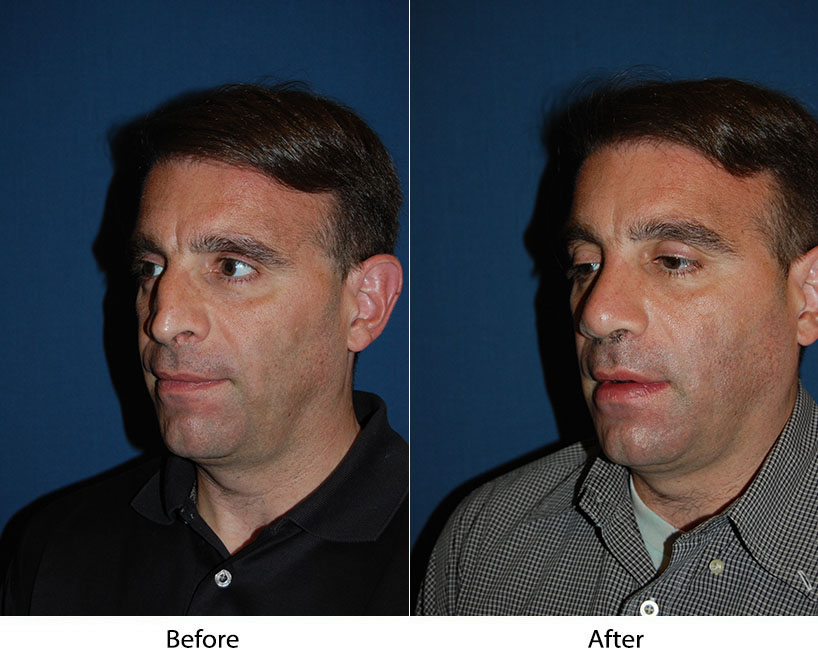A brief history of rhinoplasty
Rhinoplasty is one of the oldest forms of plastic surgery. The ancient Egyptians had techniques for reconstructing the nose, mainly as a way of treating convicted thieves who had had their noses cut off.
In India in the sixth century B.C., for similar reasons, surgeons reshaped skin from the forehead or cheek of the patient. Techniques were also known to the ancient Romans.
In the sixteenth century, rhinoplasty became popular in Europe as a way to repair facial damage from war or syphilis. This involved attaching a flap of skin from the upper arm to the nose. Unfortunately, the surgeon could not separate the skin from the arm until it had grown onto the nose, which meant that the patient had to spend a long time in an uncomfortable position. In the nineteenth century, to the great relief of patients, surgeons learned to administer anesthesia before rhinoplasty. In World War I, metal masks were crafted to cover noses that had been damaged or destroyed.
None of these procedures were able to restore the original appearance of the nose, of course, let alone improve on an existing nose. They were all intended to repair major damage or birth defects. Modern rhinoplasty is very different. Although it can serve a medical purpose, such as repairing a deviated septum that might cause infections or breathing troubles, it is most often used to make the nose and thereby the whole face look better. The surgeon makes his or her incisions on the inside of the nose or in the skin between the nostrils so that it will be hard to tell that surgery has even happened. Sometimes a nose job is accompanied by a chin implant, to give balance to the face. After surgery, there is a certain amount of swelling, a little bruising and maybe some temporary skin numbness. The bruising fades within a week to ten days, but the swelling can last for several weeks.
Charlotte’s best rhinoplast surgeon
When choosing a rhinoplasty surgeon, you will want a doctor with a lot of experience who can determine the best way to operate on it, and explain the details of the procedure. Using computers, the surgeon can help you show precisely how you want your nose to look at the end of the process. A good rhinoplasty surgeon should have a large gallery of before and after photographs of nose jobs.
The best rhinoplasty surgeon in Charlotte is Dr. Sean Freeman, who has been certified by two different boards of surgery. Since 1988 he has focused on facial plastic surgery, including rhinoplasty. If you live in the Charlotte area and are interested in a nose job, schedule your appointment or online consultation today.
Contact Dr. Sean Freeman at Only Faces, Charlotte’s most experienced rhinoplasty surgeon and top facial plastic surgeon, to schedule a consultation to find out what procedure is right for you. Call today.

